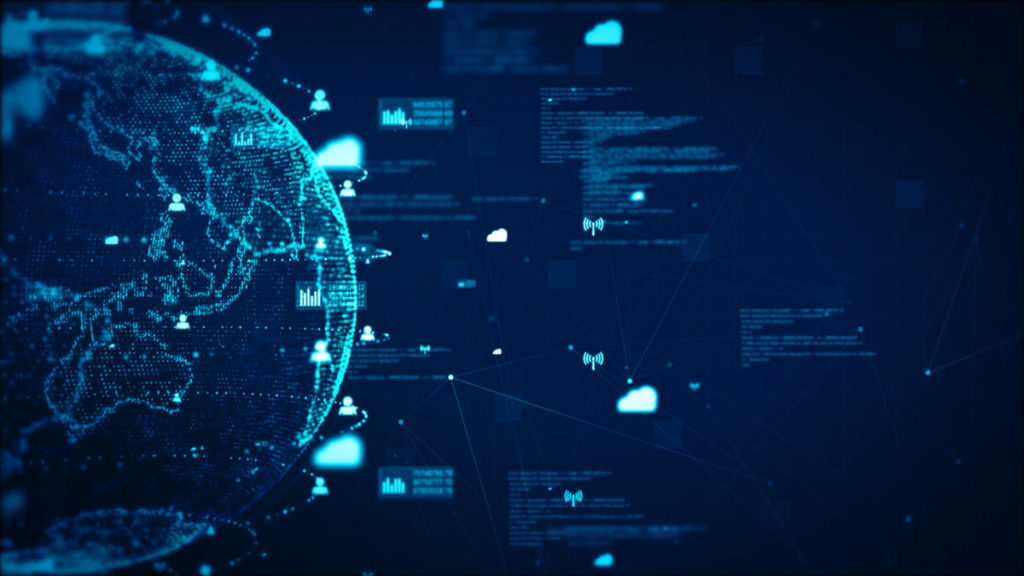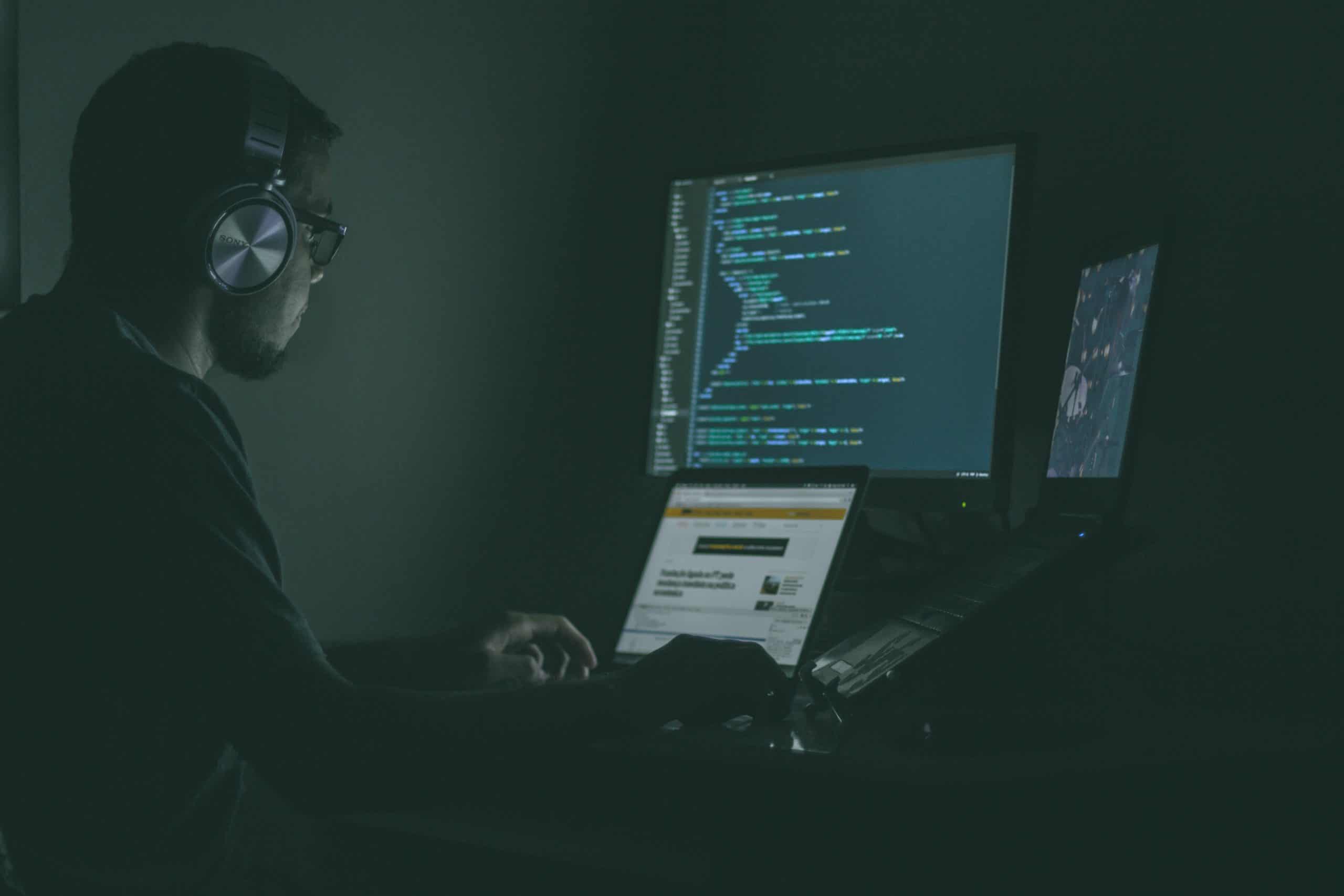
Estimated reading time: 6 minutes
As the cybersecurity threat landscape becomes increasingly sophisticated, service providers, such as SOD, need to take additional precautions to protect their customers’ networks. An information management system and monitoring SIEM is an excellent choice in this respect.
This system, in fact, helps mitigate cybersecurity threats from two different angles, all from a single interface . The SIEM monitoring system collects information from multiple sources: network data, threat information feeds, compliance regulations, firewalls, etc. Next, uses that data to power features designed to help IT administrators respond to threat events in real time.

Advantages of SIEM monitoring
In contrast to individual security control systems such as asset management or network intrusion detection, SIEM allows you to dig deeper into security vulnerabilities by unifying information from various systems – even very and offering unprecedented visibility into events occurring in the system.
SIEM is not a threat detection system in and of itself, but enhances the security tools already in use by providing real-time insights to work from . In particular, SOD uses a Next Gen SIEM in a SOAR ( Security Orchestration, Automation and Response ) which also includes advanced behavioral analysis tools ( UEBA ).
If you put high-quality log files into a SIEM tool, you receive high-quality insights into network security . This information can help improve network security protocols.
Unfortunately, many administrators treat SIEM implementation as a solution to be set up and then forgotten. To experience the full benefits of managing information and security events , you need to implement a set of best practices to optimize your solution, starting with security logging.
The logs of a SIEM
How does security monitoring fit into SIEM implementation best practices ? If you look at the SIEM in its main components, it is a log management system .
All the information that a SIEM tool collects is in the form of logs, or records of events occurring within an organization’s IT infrastructure and network.
Examples of logs collected by SIEM include, but are not limited to: Firewalls, routers, wireless access points, vulnerability reports, partner information, antivirus and antimalware.
However, as SIEM tools have a very broad reach and constantly collect log data from all parts of the system, can be a bit complicated and impractical to implement . SIEM best practices help avoid pain points along the line of operation. This way you use SIEM as effectively as possible right from the start.

Best practice
1. Start calmly
The most common mistake made in implementing SIEM monitoring is trying to do too much too soon . Before you even start looking for a SIEM solution, in fact, it is best to define the scope of your SIEM implementation and think about what you want SIEM to do for your network and infrastructure.
We start by isolating the objectives , taking stock of existing security protocols and brainstorming how these protocols fit into the future SIEM implementation. You can also segment anything you want to monitor into groups and define how you want to monitor them. This helps ensure that you have a clear plan for logging.
Once an initial planning has taken place, the SIEM system does not yet have to be implemented across the entire IT infrastructure. It is better to proceed piecemeal.
You should then test the SIEM monitoring solution on a small section of the system to see how it works. Only then are key security vulnerabilities identified that should be addressed immediately and proceed with implementation in subsequent segments.
Setting up SIEM monitoring step by step, rather than running everything right away, will help ensure that logging works in harmony with the rest of the IT section .
2. Think about the requirements
SIEM monitoring can help the company demonstrate compliance with security regulations and audits, but only by knowing what these standards are in advance . Before committing to a SIEM system, you create a list of HIPAA, GDPR, HITECH and any other IT regulations that you need to comply with. The list is then used to compare the required regulations with the solutions that are put into practice.
Not only does this narrow down the list of standards, it will force you to consider how much log data you actually need. Keeping the correct amount to be compliant, also aligns with best practices of SIEM logging and monitoring .
Obviously, the solutions and protocols to follow are not the same for everyone and need to be adapted according to the position of the individual company. For this particular aspect, SOD can help your company both in gathering the information necessary to identify which standards to follow, and in the standards verification once implemented.
3. Fix the correlations
SIEM correlation streamlines its implementation, allowing you to configure the system according to the specific needs of their customers. SIEM works by collecting data from multiple sources and then filtering, analyzing and correlating it to determine if it deserves to be reported as a security alert.
For this it is essential to correlate the rules and set alarm thresholds based on the type of data and their origin . It is important to remember, in fact, that SIEM is designed to find connections between events that would not otherwise be related to each other.
Setting up a SIEM monitoring system is a delicate but fundamental operation to improve the security system for a particular company.
4. Collect data efficiently
Through a SIEM monitoring system it is possible to collect such an amount of data that it could become complicated to manage. It becomes important to choose in a balanced way which data to use in order to optimize the right amount without losing the advantage of having the entire system under control .
Among the data that it is better not to leave out are: Successful permissions and failed attempts, changes to user privileges, application errors and performance problems, opt-in and in general all the actions made by users with administrative privileges.
The following are excluded: information whose collection is illegal, banking information or credit card data, encryption keys, passwords and personal data .
5. Have a plan in case of a detected threat
Choosing the right SIEM solution and employing logging best practices is only part of the job. You need to have an action plan in case of cyber threat .
For the company that relies on a MSSP as SOD, this means making sure that monitoring is only the first part of the service provided. Ideally, SIEM monitoring is the first piece of a well-designed SOAR that puts in place professional operators, alert notifications and a recovery plan in accordance with the type of data put at risk .
In this respect, the SOC as a Service we offer covers most of the eventualities.

Conclusions
Monitoring is a fundamental part of the corporate security system and a SIEM is one of the ways to put it into practice. However, we must not stop at the collection of information, we must know how to treat, enrich and analyze it.
SOD offers comprehensive services that implement SIEM monitoring systems. The implementation obviously implies a “calibration” of the systems and of the correlations between the data in order to always offer the most suitable solution.
If you would like more information about our products, do not hesitate to contact us, we will be happy to answer your questions.
Useful links:
Useful links:
Next Generation SIEM: where are we?

A legitimate question that often arises is whether the Penetration Test is necessary for compliance with the ISO 27001 standard. To fully understand the answer, it is necessary to clarify what is meant by these terms and to understand the relationship between all the components of the certification.
ISO 27001 standard
A technical standard, also incorrectly called a standard, is a document that describes the specifications that a certain object / body / entity must comply with in order to be certified. In general, a standard describes the requirements of materials, products, services, activities, processes, terminology, methodologies and other aspects concerning the subject of the standard. In very simple words, norms are rules that regulate almost everything by offering constructive and methodological standards.
The ISO 27001 standard (ISO / IEC 27001: 2013) is the international standard that describes the best practices for an ISMS, Information Security Management System. Although following the standard is not mandatory, it is necessary to obtain a certification to guarantee logical, physical and organizational security.
Obtaining an ISO 27001 certification demonstrates that your company is following information security best practices and provides independent and qualified control. Safety is guaranteed to be in line with the international standard and company objectives.
Of great importance for the ISO 27001 standard is Annex A “Control objective and controls”, which contains the 133 controls that the company concerned must comply with.
Vulnerability Assessment and Penetration Test
When performing a Vulnerability Assessment on the network and computer systems, the aim is to identify all technical vulnerabilities present in operating systems and software. Some examples of vulnerabilities can be SQL Injection, XSS, CSRF, weak passwords, etc. The vulnerability detection indicates that there is a recognized security risk due to a problem of some kind. It does not say whether or not it is possible to exploit the vulnerability. To find out, it is necessary to carry out a Penetration Test (or pentest).
To explain the above, imagine that you have a web application that is vulnerable to SQL Injection which could allow an attacker to perform operations on the database. A VA identifies this vulnerability, ie it may be possible to access the database. Following the vulnerability assessment, if a pentest is performed and the vulnerability can be exploited, the risk would be demonstrated.
To comply with control A.12.6.1 of Annex A of the ISO 27001 standard, it is necessary to prevent the exploitation of technical vulnerabilities. However, the decision on how to proceed is up to you. Is it therefore necessary to perform a Pentest? Not necessarily.
After the vulnerability analysis, we could fix and fix the weaknesses and eliminate the risk before performing a pentest. Therefore, for the purposes of compliance with the ISO 27001 standard, the required result can be obtained simply by performing the vulnerability assessment and solving the potential problems that have arisen.
Having said that, we strongly recommend that you carry out a complete Penetration Test to be really sure of compliance with the standard. It can help you prioritize problems and tell you how vulnerable your systems are.
Contact professionals
Esistono sul mercato diverse soluzioni per svolgere pentest. Sono software che possono agevolare il lavoro e facilitare il test, ma se azionati da personale inesperto, possono anche creare dei problemi. e’ possibile che la rete ne risulti rallentata e i computer sensibilmente meno reattivi, fino anche a possibili crash di uno o piu’ dei sistemi coinvolti.
Puntando alla certificazione per lo standard ISO 27001, e’ meglio non fare gli eroi e assicurarsi davvero che i controlli siano rispettati. Richiedere l’intervento di professionisti del settore, serve proprio a minimizzare i rischi e assicurarsi che il processo sia svolto in modo impeccabile.
SOD offre un servizio di verifica delle vulnerabilita’ e pentest affidandosi ad hacker etici professionisti. Dopo un primo colloquio, le varie fasi del processo sono eseguite per verificare e testare le potenziali minacce. E’ possibile anche richiedere che la verifica delle vulnerabilita’ sia svolta con regolarita’ per verificare la sicurezza dei sistemi.
Richiedi informazioni specifiche, oppure visita la pagina dedicata. Per ulteriori informazioni sulle nostre certificazioni, e’ possibile visitare l’apposita pagina.
There are several solutions on the market to perform pentest. They are software that can facilitate the work and facilitate the test, but if operated by inexperienced personnel, they can also create problems. it is possible that the network will be slowed down and the computers noticeably less reactive, up to possible crashes of one or more of the systems involved.
Aiming for ISO 27001 certification, it’s best not to be heroes and really make sure the controls are respected. Requesting the intervention of professionals in the sector serves precisely to minimize risks and make sure that the process is carried out flawlessly.
SOD offers a vulnerability verification and pentest service relying on professional ethical hackers. After an initial interview, the various stages of the process are carried out to verify and test potential threats. It is also possible to request that the verification of vulnerabilities be carried out regularly to verify the security of the systems.
Request specific information, or visit the dedicated page. For more information on our certifications, you can visit the appropriate page.
[btnsx id=”2931″]
Useful links:
Security: pentest and verification of vulnerabilities
Customers
Twitter FEED
Recent activity
-
SecureOnlineDesktop
Estimated reading time: 6 minutes L'impatto crescente delle minacce informatiche, su sistemi operativi privati op… https://t.co/FimxTS4o9G
-
SecureOnlineDesktop
Estimated reading time: 6 minutes The growing impact of cyber threats, on private or corporate operating systems… https://t.co/y6G6RYA9n1
-
SecureOnlineDesktop
Tempo di lettura stimato: 6 minuti Today we are talking about the CTI update of our services. Data security is… https://t.co/YAZkn7iFqa
-
SecureOnlineDesktop
Estimated reading time: 6 minutes Il tema della sicurezza delle informazioni è di grande attualità in questo peri… https://t.co/tfve5Kzr09
-
SecureOnlineDesktop
Estimated reading time: 6 minutes The issue of information security is very topical in this historical period ch… https://t.co/TP8gvdRcrF
Newsletter
{subscription_form_1}© 2023 Secure Online Desktop s.r.l. All Rights Reserved. Registered Office: via dell'Annunciata 27 – 20121 Milan (MI), Operational Office: via statuto 3 - 42121 Reggio Emilia (RE) – PEC [email protected] Tax code and VAT number 07485920966 – R.E.A. MI-1962358 Privacy Policy - ISO Certifications












